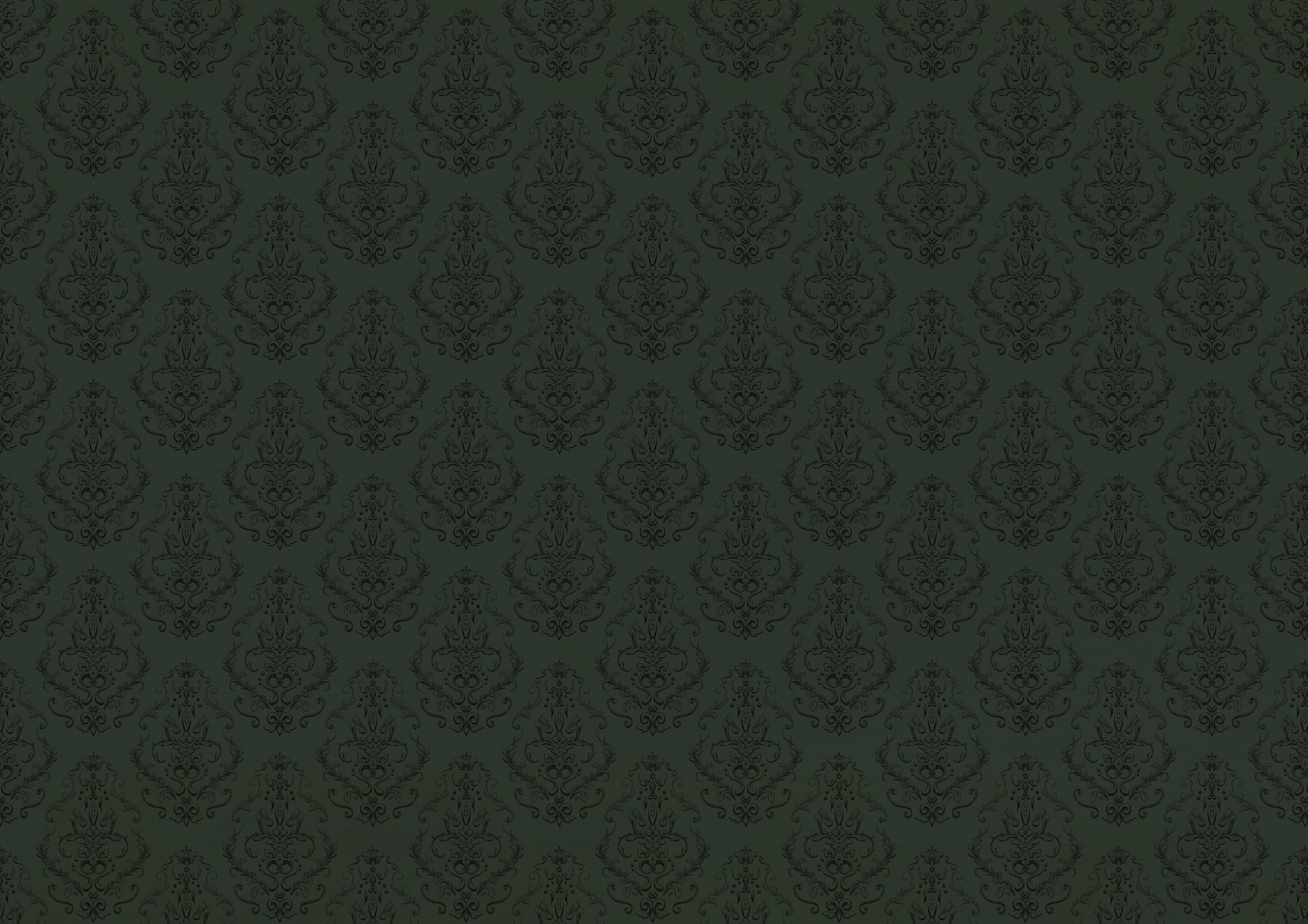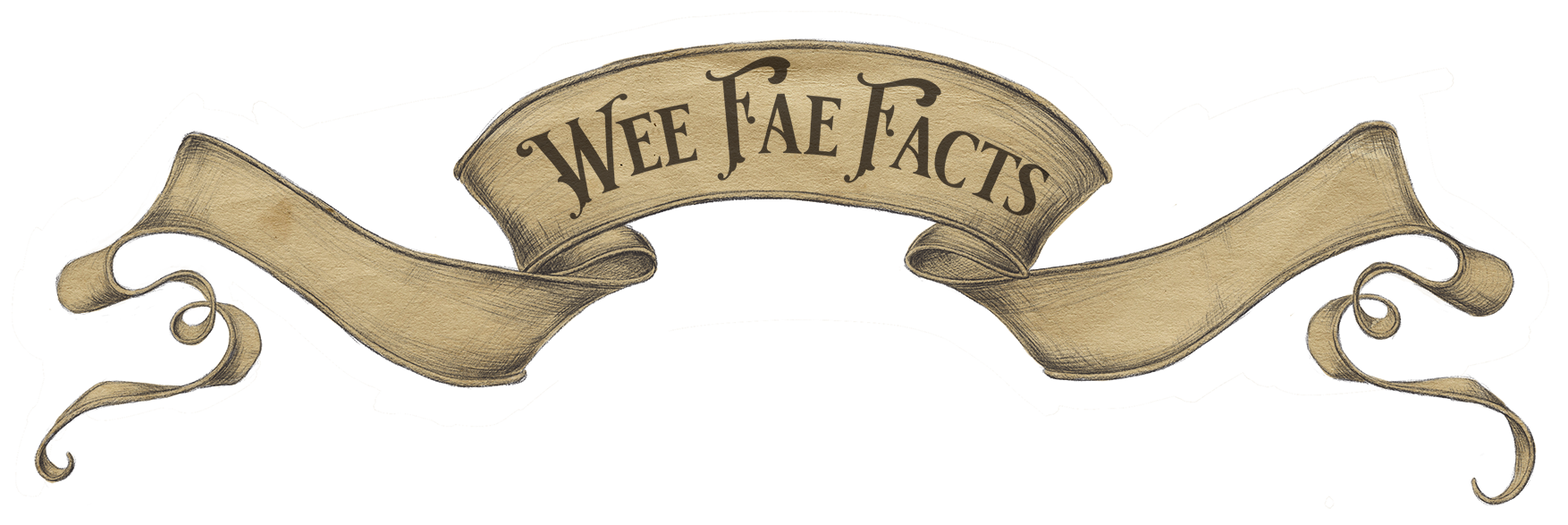
The Banshee
Irish Origins
A Solitary Fairy
Alternative Spellings:
Bean Sídhe, Bean Si (fairy woman), Cointeach (one who keens), Cyoerraeth
A Few Fae similar to the Banshee:
Little Washer at the Fords, Gwrach y Rhibyn
Well-Known For:
Their sorrowful cries, predicting the impending death of a loved one.
What is a Banshee?
The Banshee holds a unique role in Irish folklore. A harbinger of death, her mournful wails are reserved for ancient Irish families on the brink of losing a beloved member. Lady Wilde stipulates artists of various forms may also be mourned by a Banshee, as the arts are gifts from the Fae. In our more modern renditions of the Banshee, she’s known as an otherworldly woman wielding an ear piercing wail as a weapon; incapacitating her prey with the pain of her cries. Her tail originates in Ireland, though, and the Banshee of the Green Isle doesn’t fly around screaming at unlucky folk. She is instead a perpetually mournful spirit crying or singing to warn of a family member’s impending death. The terror she instills in our hearts doesn't stem from violent action, but rather from the ominous message she carries. The looming question is not if death is approaching, but for whom it comes.
Her cries can vary in duration, spanning from fleeting moments to hours or even days. On occasion, she might gently tap on doors or windows, three distinct knocks serving as an unmistakable warning. She’s also been known to sing a haunting melody that drifts through the air without any obvious source. A song which leaves the listener perplexed, unable to pinpoint its location.
The Banshee's appearances tend to follow three main themes. She may manifest as an elderly, haggard crone, instilling fear merely by her appearance. A maternal figure or young woman with ethereal hair, often a ghostly white or vivid, unnatural red flowing endlessly as she obsessively combs it. She may also appear veiled, her features largely hidden behind gauzy fabrics. In all her forms, if visible, her eyes wearied from endless weeping will seem to emit a fiery red glow — bloodshot and tender from all her crying. Wrapped around her grieving form, the Banshee will wear a white or grey cloak over a vividly green dress, as green is the color of the faeries. On rarer occasions, she dons a long white gown, symbolizing death.
We've explored the name and appearances of the Banshee, as well as her role as a harbinger of death. However, a question lingers: what is a Banshee? Clues emerge from numerous Banshee tales, with some of these fairy women even bearing names. Lady Wilde collected tales about the Banshee which may give us some clues. These stories suggest Banshees have experienced tragic beginnings or endings, depending on one's perspective. According to Lady Wilde, they may begin as young virginal women who met untimely deaths and, for reasons beyond comprehension, are tasked with announcing the impending demise of their family members for as long as she remains a Banshee.
Possible Origins
It has been suggested that the origin of the Banshee belief might trace back to the practice of keening. In the 16th century, a tradition emerged in Ireland and Gaelic Scotland, wherein mourners expressed their profound grief through a ritual known as keening. During funerals, a “Bean Chaointe" or keening woman would literally perform grief through poignant gestures such as rocking, clapping, and vocal expressions of sorrow. Over time, this practice evolved into a profession, with women traveling from town to town to perform their lamentations. The haunting sound of their wailing would persist until the deceased was laid to rest.
Keening women commanded high fees, making this service accessible primarily to the most affluent and venerable families. Understanding this historical context, it becomes plausible that the Banshee's notoriety might find its roots here. Yet, for those who have encountered or heard her mournful cries, these rational explanations vanish like mist dissipating into the Irish landscape.
What’s with the Comb?
One of the Banshee’s most defining features is her hair. It is often described, to this day, by those who have seen her as unnaturally long. It falls thickly around her and she combs and combs at her hair in lament. This accessory is so strongly associated with the Banshee that a comb found lying on the ground in Ireland will be left there quite deliberately. Pick it up or bring it with you and you’ll reap upon yourself no end of bad luck. A fairy possession might seem like a special trinket to keep, but truly, the cons far outweigh the pros. A fairy will not suffer the loss of what belongs to them. In a worse case scenario, you might even get a visit from the Banshee herself. A truly spin chilling thought.
In one story, a man brought such a comb home with him and was soon confronted by its owner. When she laid her hands upon him to reclaim her property, he felt a terrible cold which burned in its intensity. She left as quickly as she had come, taking her comb with her and leaving blackened burn marks upon his skin as a memento of her visit.





